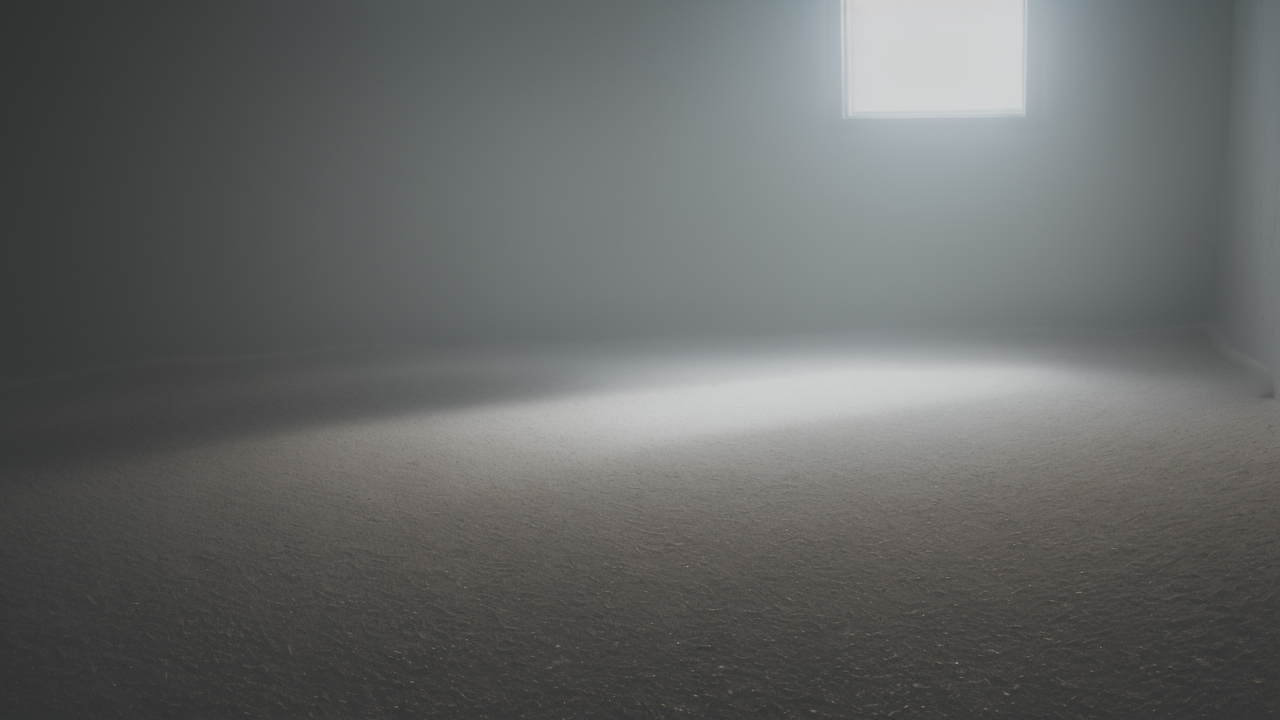
Color Theory in Plaster Art: Creating Eye-Catching Painted Textures
Understanding Color Psychology in Plaster Art
The Impact of Color on Emotions and Behavior
Colors play a vital role in plaster art. They can evoke emotions and influence behavior. Warm colors like red and orange can create excitement. Cool colors like blue and green promote calmness.

In plaster art, color choice is crucial. It sets the mood of a space. For example, soft pastels can make a room feel cozy. Bold, vibrant hues can energize an area.
The texture of plaster adds depth to colors. It can make them appear richer or more muted. This interplay between color and texture is unique to plaster art.
Key Color Combinations for Visual Appeal
Certain color pairings can create striking effects in plaster art. Complementary colors, like blue and orange, create bold contrasts. Analogous colors, such as blue and green, offer a harmonious look.
Monochromatic schemes use variations of one color. This can create a subtle, sophisticated appearance. Triadic color schemes use three evenly spaced colors on the color wheel. They offer balance and vibrancy.
In plaster art, these combinations can be enhanced by texture. Rough textures can make colors appear more intense. Smooth textures can soften color impact.
The Role of Color Temperature in Artistic Expression
Color temperature refers to how warm or cool a color appears. Warm colors like red and yellow can make a space feel cozy. Cool colors like blue and green can create a sense of calm.
In plaster art, color temperature can dramatically affect a room's ambiance. Warm colors on textured plaster can create a rustic, inviting feel. Cool colors on smooth plaster can give a modern, sleek appearance.
Mixing warm and cool colors in plaster art can create dynamic contrast. This can add depth and interest to a piece or space.
How to Incorporate Painted Textures into Your Plaster Art
The Process of Preparing Textured Surfaces
Preparing textured surfaces is key in plaster art. Start by cleaning the surface thoroughly. Remove any dust or debris. Next, apply a base coat of plaster. This creates a foundation for your texture.

There are various ways to create texture. You can use tools like trowels or brushes. Some artists use found objects for unique patterns. The texture can be subtle or pronounced, depending on your vision.
Allow the textured plaster to dry completely. This can take 24-48 hours. Once dry, you're ready to add color to your textured surface.
Techniques for Applying Paint with Texture
Applying paint to textured plaster requires specific techniques. One method is dry brushing. This involves using a dry brush with minimal paint. It highlights the high points of the texture.
Another technique is washing. This involves applying a thin, watery layer of paint. It settles into the low points of the texture. This can create depth and shadow.
You can also use sponges or rags to apply paint. This creates a mottled effect. It works well for creating an aged or weathered look.
Sealing and Preserving Your Artwork
Sealing your plaster art is crucial for longevity. Choose a sealer that's compatible with both plaster and paint. Apply it evenly over the entire surface.
Some sealers can alter the color slightly. Test on a small area first. You may need multiple coats for full protection. Allow each coat to dry fully before applying the next.
Proper sealing protects against moisture and wear. It also enhances the colors and textures in your plaster art. This step is essential for preserving your work.
Case Studies: Successful Plaster Art Projects Using Painted Textures
Analyzing the Effectiveness of Textured Surfaces in Home Decor
Textured plaster art has gained popularity in home decor. One case study involved a living room makeover. The homeowner wanted a warm, inviting space.

The artist used a Venetian plaster technique. They applied layers of tinted plaster. The final layer was textured to resemble stone. Warm earth tones were used to enhance the cozy feel.
The result was stunning. The textured wall became a focal point. It added depth and interest to the room. The warm colors created an inviting atmosphere.
How Businesses Leverage Textured Plaster Art for Brand Identity
Businesses are using plaster art to enhance their brand identity. A cafe in New York serves as a great example. They wanted to create a unique, memorable space.
The artist used tadelakt, a Moroccan plaster technique. They created smooth, wavy textures on the walls. The colors chosen reflected the cafe's branding - soft blues and greens.
The result was a cohesive, distinctive look. The textured walls became a talking point for customers. It set the cafe apart from competitors and reinforced their brand image.
Tips from Professional Artists on Achieving Desired Textures
Professional artists offer valuable insights on creating textures. One tip is to experiment with different tools. Brushes, combs, and even household items can create unique textures.
Another tip is to layer textures. Start with a base texture, then add more as you go. This creates depth and complexity in your work.
Color choice is crucial in enhancing texture. Light colors can make textures more subtle. Dark colors can make them more pronounced. Consider the interplay between color and texture in your design.
Patience is key when working with plaster. Allow each layer to dry fully before adding more. This prevents cracking and ensures a durable finish. With practice and experimentation, you can create stunning textured plaster art.


